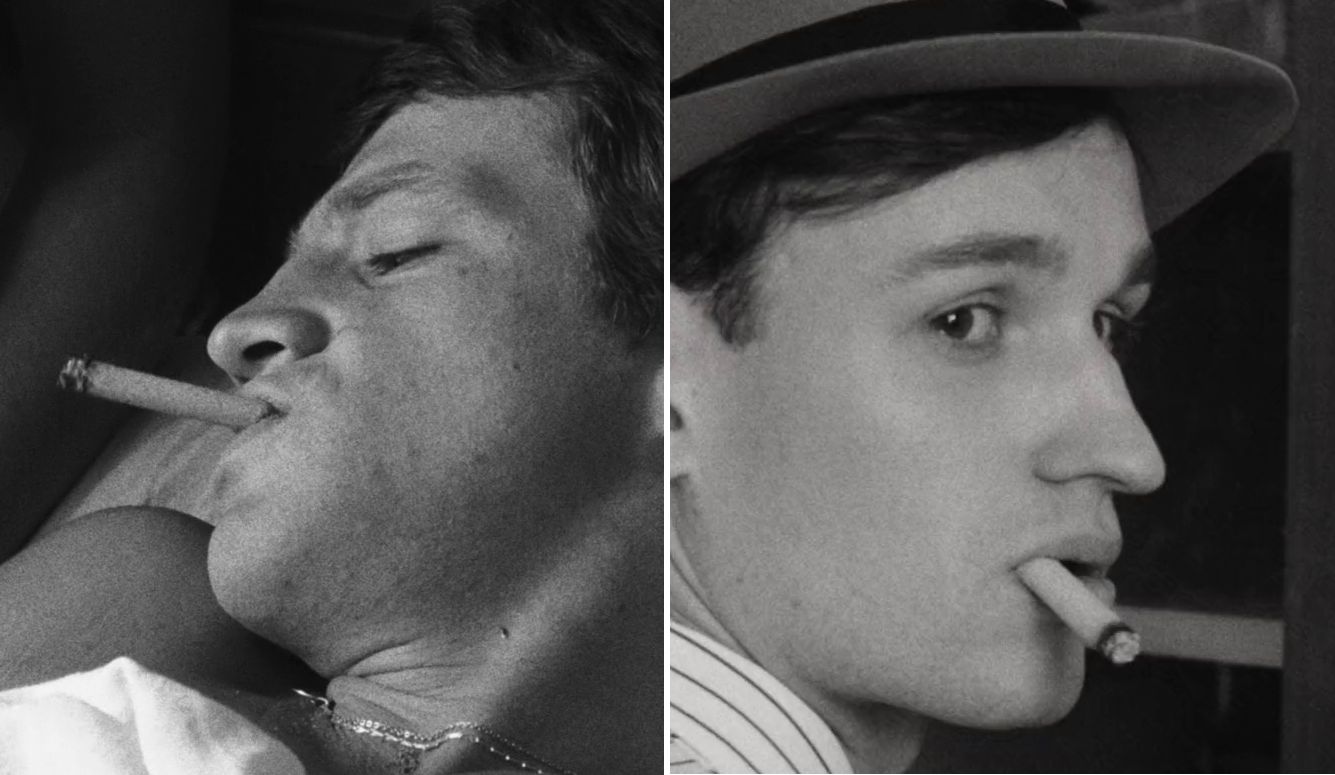Art and Culture
Picture Perfect
Vincenzo Latronico’s prismatic novel ‘Perfection’ is a lament for the hopes and dreams of a generation reconfigured by the internet.

A review of Perfection by Vincenzo Latronico, 120 pages, Fitzcarraldo Editions (February 2025)
That was where real life was,
the life they wanted
to know, that they wanted to lead.
~Georges Perec, Things: A Story of the Sixties
Unbounded—that was the strange word bubbling up as I wandered Helmut Newton’s exhibition on a Berlin summer morning in 2019. It was only my fifth day in the city and already the relief of having arrived, and the giddiness for what lay ahead, was beginning to drain into a slowly dilating void. Looking at the naked decadence of those maximalist and oversized photographs, I couldn’t help but feel hopelessly depressed by it all. There was something reflected in these images; something about this performed, preening hedonism that was mesmerising but also meaningless. The exhibition seemed to prefigure our current, life-draining obsession—one that seeks to frame each moment as an image to be captured and then collaged into a performed version of ourselves. The more our reality is unbound into tiles and tweets and TikTok clips—the more we live within a curated version of life—the more our own sense of what is real and authentic becomes concealed.
This moment resurfaced while reading Vincenzo Latronico’s novel, Perfection. Translated into English by Sophie Hughes at the beginning of this year, Perfection traces the lives of Tom and Anna, “creative professionals” living in Berlin during the 2010s. It is a reworking of Georges Perec’s novella, Things: A Story of the Sixties, which documents a young Parisian couple defining their identity through beautiful objects and the alienation they feel as a result. For Tom and Anna, these “objects” are the images of social media, which increasingly govern their lives and split them from their own sense of what is real and essential.
Not long out of university, Tom and Anna move to Berlin on a whim. Their days are spent working from home in an apartment that might have featured in a 2014 issue of Kinfolk Magazine. The novel’s opening describes sunlight reflecting off “honey-coloured floorboards,” the perforated leaves of a monstera brushing the back of a Scandinavian armchair half-covered in a “herringbone tweed” blanket. Back issues of Monocle and the New Yorker are propped against carefully curated homewares, an LP collection faces outward, and everything is tied together perfectly with a “sandy-coloured Berber rug.” It is “a happy life” we are told—or so the images suggest on the short-term rental website listing their home for “one hundred and eighteen euros a day.”





